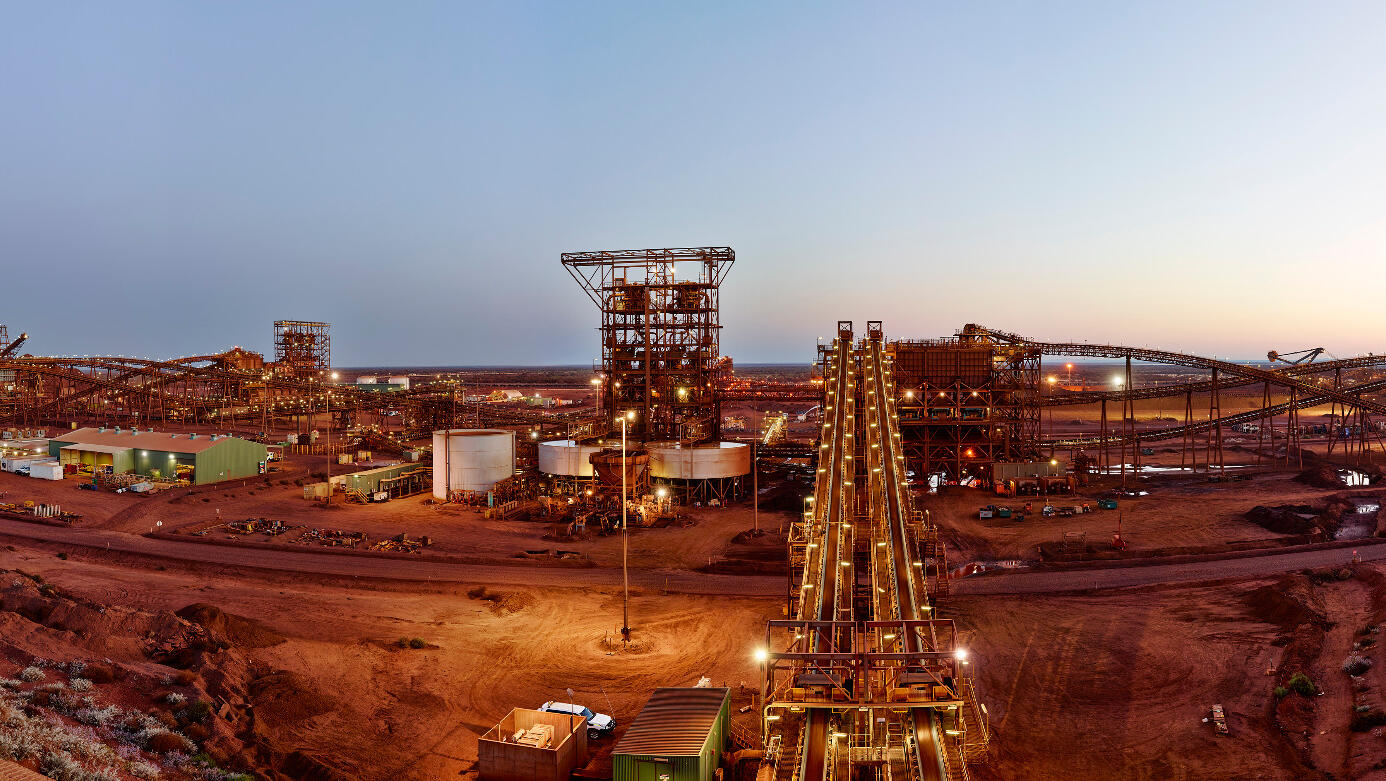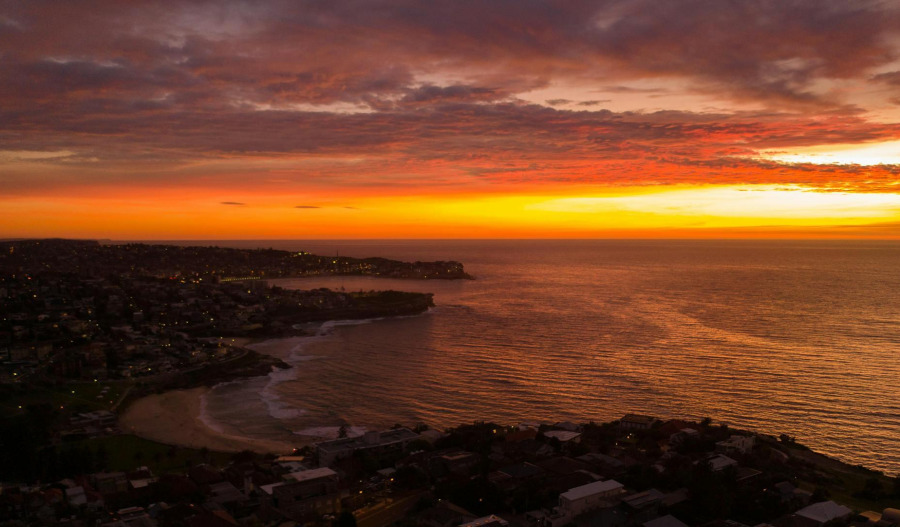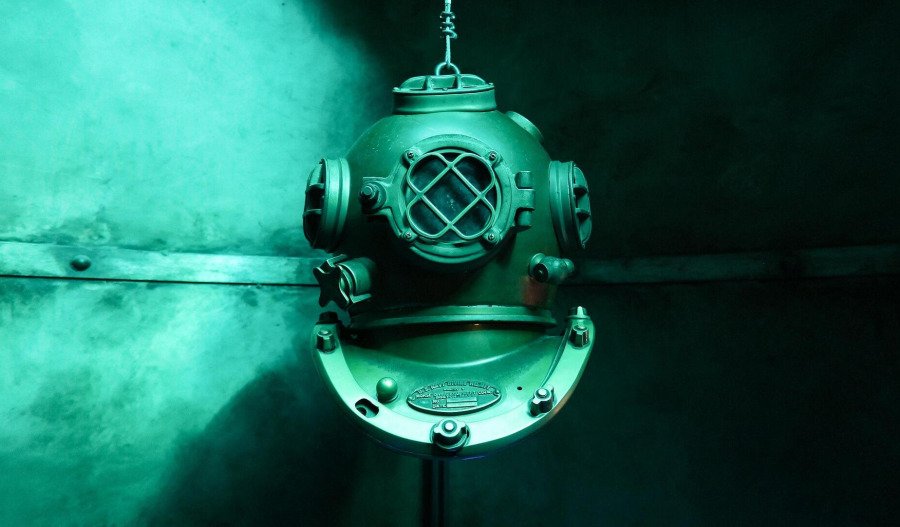Fortescue Metal Group’s (ASX: FMG) disappointing FY25 result earlier this week has prompted three analysts – who downgraded the stock yesterday – to join rival broker Morgan’s in scratching their heads looking for value going forward.
While revenue came in at US$15.5 billion, just above consensus, the iron ore miner’s FY25 profit of US$3.4 billion fell 41% and dividends were slashed.
The world's fourth-largest iron ore miner declared a final fully franked dividend of 60 cents, bringing the total dividend payouts for the year to $1.10 - versus $1.97 paid in 2023-24 – its lowest payout since 2018.
Morgan’s believes the company’s energy ambitions continue to be a drogue on the business, while execution risks persist, especially in magnetite and capital-intensive global projects.
While Fortescue’s hematite business is performing strongly, free cash flow halved year-on-year due to higher capex, limiting optionality.
Without iron ore benchmarks breaking above the recent range, or a definitive move to jettison energy projects, Morgan’s is struggling to see valuation upside from here.
“Our concern is that the fundamentals of FMG’s base hematite business is probably too strong, in the near-term at least, for FMG to consider cutting its value-eroding energy ambitions.”
Meanwhile, shares in Fortescue came under further pressure yesterday, down around 1% to $19.045 after analysts at Barrenjoey, RBC and Bell Potter issued new ratings.
Barrenjoey cut Fortescue to Neutral (price target $20), RBC reduced to sector perform at $20, while UBS now has a Sell on the stock with a price target of $17.05.
But despite last month abandoning two high-profile green energy projects, Fortescue’s founder, Andrew Forrest, was quick to remind the market that energy and hydrogen projects are here to stay.
While analysts remain sceptical of Forrest's green hydrogen ambitions, he insists they’re critical to the company’s future.
“Its day is coming, and we believe we will be able to switch on as much energy as we need without harming the planet and without making despots, who invade other countries using energy as a weapon, richer.” he noted.
Clearly what’s also on the minds of analysts is the miner’s ongoing spending on decarbonising the mines and its green energy division, especially when Fortescue recorded steep falls in profit and revenue from its core iron ore operations in 2024-25.
Nevertheless, Forrest is adamant that the cost of producing green hydrogen will inevitably reach parity with fossil fuels.
The company's plans to have a hydrogen-powered green iron ore plant completed by the end of December have incurred a setback.
The small-scale project isn’t expected to produce 1,500 tonnes of ‘green iron’ annually at the Christmas Creek mine until 2026.
"You’ve got a customer who wants a greener product. In Australia we’re blessed with a lot of iron ore and we are blessed with a lot of free sun and wind,” said metals division CEO Dino Otranto, who notes 40% of waste could be eliminated by shipping green iron instead.
"As soon as you turn that (iron ore) into green metal you unconstrain your shipping and logistics facilities," he said. "That’s the long term vision." Otranto added that common power infrastructure investment needed to be a priority to lower power costs.
Meanwhile, the miner recently abandoned plans to invest around $900 million on a hydrogen project in the U.S. state of Arizona, citing policy changes under the Trump Administration for the move, and this will result in a pre-tax write-down of US$150 million.
Interestingly, Macquarie hopes a more prudent approach to R&D and innovation will allow the company to fail fast and fail small in its “noble quest” to decarbonise, focusing on areas for which competitive advantage can grow and economic rents can be captured.
While Fortescue appears to remain galvanised to its green hydrogen, today’s revised strategy is a million miles away from the $6.2 billion “industry-leading decarbonisation plan it announced before the United Nations General Assembly in 2022.
Fortescue Metal Group has a market cap of $58.6 billion; the share price is up 2% in one year and down 3% in the last week.
The stock appears to be in a Medium-term rally, confirmed by multiple indicators. Most importantly, the 5-day moving average is above the 50-day moving average, and the 20-day moving average is rising.
Consensus is Hold.
This article does not constitute financial or product advice. You should consider independent advice before making financial decisions.



